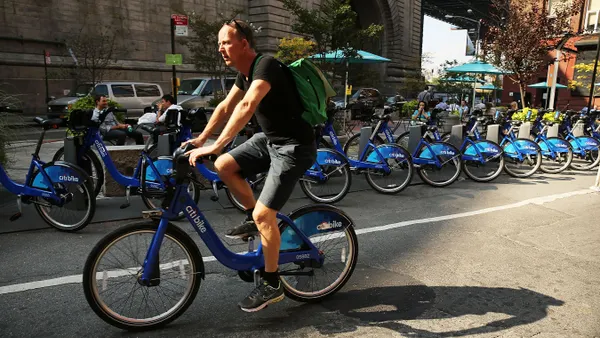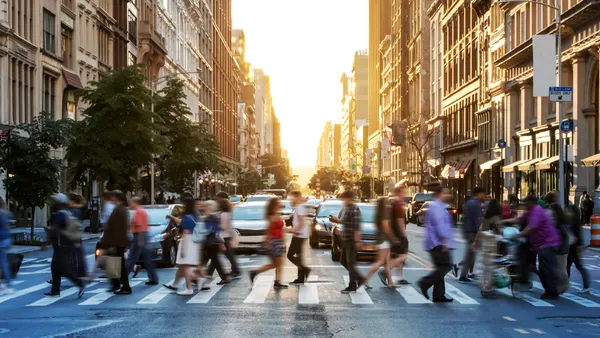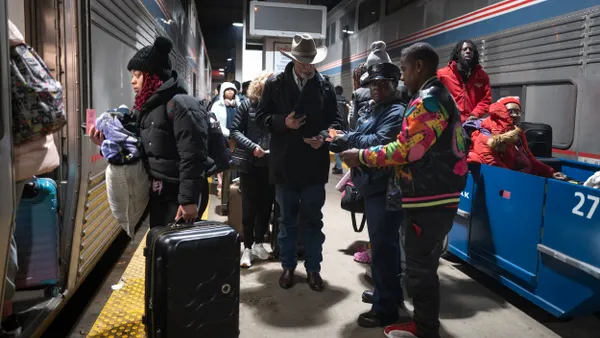Dive Brief:
- Google-owned navigation company Waze has installed Bluetooth-enabled Waze beacons in four New York City tunnels to ensure that drivers do not lose navigation support when they go underground.
- As of Tuesday, the beacons are live in the Holland Tunnel, Lincoln Tunnel, Queens Midtown Tunnel and Hugh L. Carey (Brooklyn Battery) Tunnel, installed in partnership with New York Metropolitan Transportation Authority Bridges and Tunnels and the Port Authority of New York & New Jersey.
- The beacons were invented in-house at Waze and have been installed in nine other cities around the world. Waze relied on open-source technology to allow for third-party integration.
Dive Insight:
The beacons allow for one-way communication with users who have enabled Bluetooth, keeping them informed of potential accidents or alternate routes (the Bluetooth connection would also enable other GPS apps, not just Waze). Gil Disatnik, head of Waze Beacons, said in a statement that the project would help Waze’s focus on “leveraging technology to promote road safety and make it easier for people to navigate throughout the world.”
Last summer, Waze and parking space app SpotHero partnered to install beacons throughout Chicago’s underground and multi-level roads, where connectivity was also an issue. The beacons have also been installed in Boston and Pittsburgh, as well as cities in Brazil, France and Italy.
In New York, the beacons will complement the MTA’s existing Crossing Time app, which provides real-time information about travel times and delays in tunnels.
Waze is touting that the New York installation is the first that includes multiple partners to make for a seamless transition in and out of the tunnels across borough and state lines. Given that sprawling cities may face funding and regulatory challenges across different jurisdictions, the fact that Waze was able to work with several agencies on the New York project could offer a model on how to install similar projects while smoothing over potential boundary issues.









